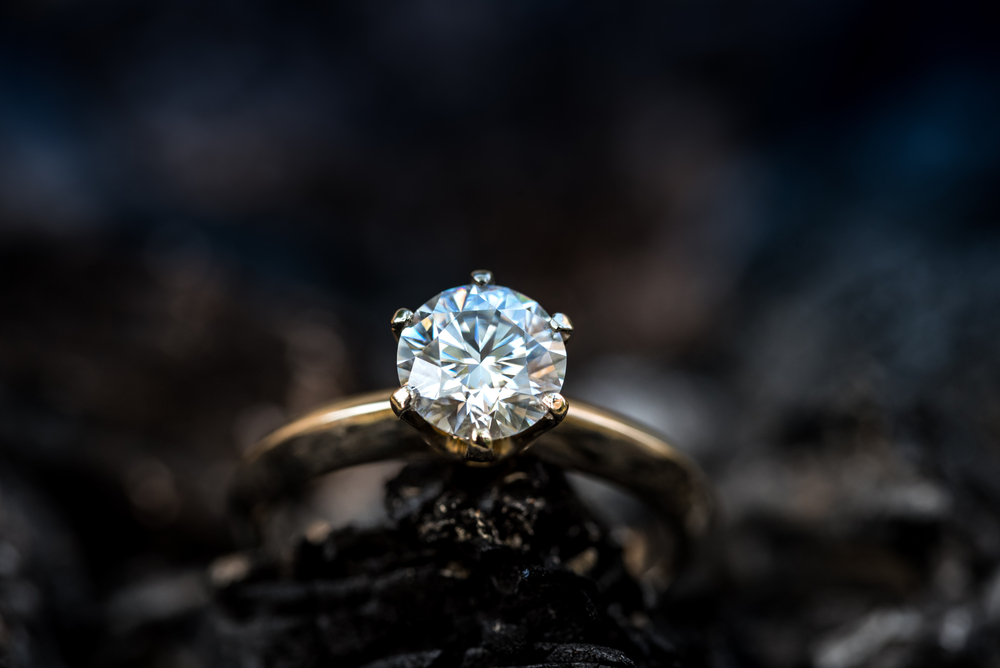
Diamonds have long been an attractive choice for individuals looking for a token of fidelity and affection. The conventional belief that diamonds are uncommon and expensive has been refuted by the emergence of lab grown diamonds. Due to their low cost and ethical creation, lab grown diamonds have become increasingly popular. However, the topic of how long one may anticipate these lab grown diamond rings durability comes up. Let’s see how long lab grown diamond rings typically last.
Short Note On Lab Grown Diamonds
In essence, lab grown diamonds are diamonds that are produced in a laboratory environment as opposed to being mined from the soil. They are more reasonably priced and sustainable than real diamonds while still having the same physical, chemical, and visual characteristics. By recreating the high-pressure, high-temperature conditions that naturally exist in the earth’s mantle, lab grown diamonds are produced. High-Pressure High-Temperature (HPHT) and Chemical Vapour Deposition (CVD) are the two processes used to create them.
Average Lifespan Of Lab Grown Diamond Rings
The idea that lab grown diamond rings are less resilient than natural diamonds is a widespread one. This is untrue, though. Because lab grown diamonds are equally tough and durable as real diamonds, they can be worn every day just like natural diamonds. A lab grown diamond ring’s longevity is influenced by a number of elements, including the diamond’s quality, the ring’s style, and how well it is maintained. The durability of a lab grown diamond ring depends on its quality.
The lifespan of diamond increases with quality. The same four criteria used to grade real diamonds—cut, clarity, carat, and color—also apply to lab grown diamonds. A diamond’s dimensions, or cut, have an impact on how it reflects light. The presence of imperfections or flaws within the diamond is referred to as its clarity. The terms “carat” and “color” both refer to the diamond’s weight and its level of color, respectively. A lab grown diamond of greater grade with fewer inclusions and a fine cut will endure longer than a diamond of lesser quality. The ring’s style is another element that influences how long a lab grown diamond will last.
Different ring styles are more likely to sustain damage than others. For instance, a high-set ring may be more prone to catch on clothing or other items, raising the possibility of harm. A ring with a low setting, however, might be less vulnerable to harm. To ensure that your lab grown diamond ring lasts a lifetime, it’s critical to pick a style that complements your way of life and regular activities. The longevity of any piece of jewelry, even lab grown diamond rings, depends on proper care and upkeep. It is advised to take off your lab grown diamond ring before engaging in any strenuous activities or household tasks that could harm it. Regular cleaning and inspection of the ring can also help spot any possible problems early on and stop additional harm.
